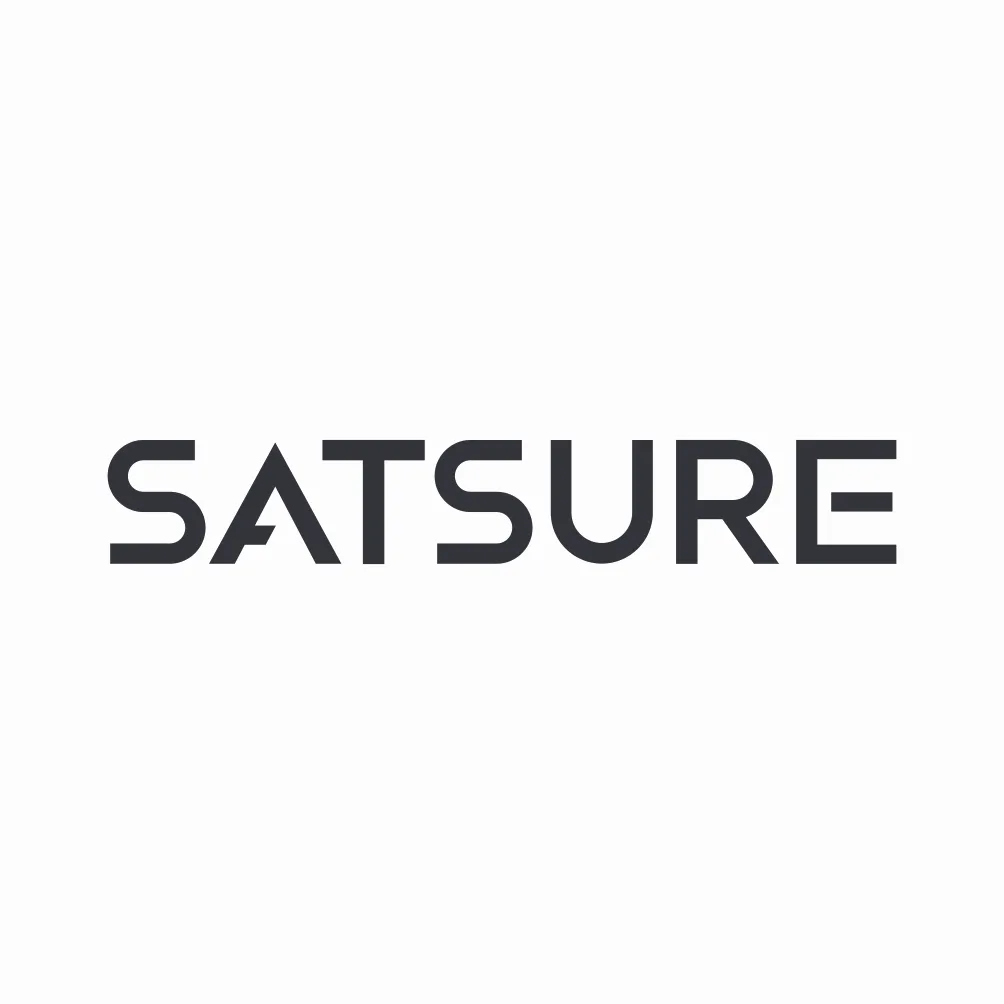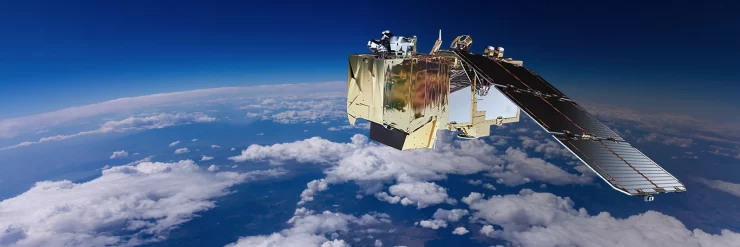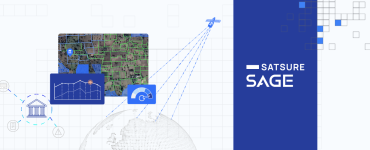The Earth Observation (EO) sector is undergoing rapid expansion. In 2021, the global EO industry was valued at a mammoth $7 billion. By 2030, with an anticipated compound annual growth rate of 6.92%, the market is set to touch $14 billion [1].
Interestingly, satellite data dominates the EO market with a whopping 60% share. This translates to about $80 billion in revenue from satellite data sales alone. The remaining 40% of revenue is primarily generated from value-added services [2].
The Cloud Cover Dilemma
The EO industry isn’t without its challenges. A significant one is cloud cover. Most active satellites in orbit, accounting for about 81%, are optical satellites. Another 22% possess SAR-based sensors [3]. Optical satellites rely heavily on sunlight’s reflectance, a process severely hindered by clouds. Shadows, reduced contrast, and color distortion are a few consequences of this, making detailed observation almost impossible.
It’s worth noting that cloud cover, which blankets a majority of the land about half the time annually, results in a staggering $4 billion loss [4].
Impact on Various Industries
The defense sector is the most significant consumer of optical data, accounting for 30-40% of expenditure [5]. On the other hand, the agriculture sector, which uses 20-30% of optical imagery, is another major player. Satellite imagery’s most common application in agriculture is for monitoring crop health, assessing water usage, and tracking yields. But given the narrow profit margins in agriculture, there’s a lean towards open-source imagery, with the Copernicus program managed by the European Union’s Space program leading the charge EO Data Impacts on Industries: Usage & Spend
| Industry | Usage | Spend |
| Agriculture | 20-30% | 5-10% |
| Environmental Monitoring | 10-20% | 5-10% |
| Urban Planning | 10-20% | 10-20% |
| Insurance | 5-10% | 5-10% |
| Defense | 1-5% | 30-40% |
| Natural Resources | 1-5% | 20-30% |
Taking a closer look at agriculture, most farming regions face around 60% cloud cover annually [4]. This disrupts data collection and consequently hampers decision-making, affecting inventory management and sales.
Navigating the Cloud Challenge
To overcome the cloud cover issue in remote sensing, cloud masking techniques like image fusion, interpolation of temporal satellite data, and resampling are widely adopted. These methods are useful but come with scalability limitations.
One of the most used solutions for the cloud cover challenge in remote sensing is cloud masking, which uses one of the following techniques:
SatSure introduces a novel approach to this challenge. They leverage SAR data to reconstruct optical pixels obstructed by clouds. Leveraging domain transfer GANs, SatSure transforms this SAR data to create reconstructed images. They’ve managed to minimize the error margin of such image translations to under 5% for vegetative indices. This patented technology, available both in the US and India (patent number: 417872), is termed SatSure Cygnus.
SatSure Cygnus is already making waves, assisting major agriculture input and insurance firms. They currently oversee over 10 million hectares of land annually.
If you’re looking to get your hands on this state-of-the-art technology, SatSure has made it a breeze. Through their platform, SatSure Sparta, they offer user-friendly APIs, ensuring that accurate, application-ready data is just a few clicks away.
Sources:
Satellite earth observation | Spherical Insights.
Commercial satellite imaging market | allied market research.
Satellite database | Union of Concerned Scientists (UCS).
Optical Imagery Market – Global Market Size, Share, Industry Trends, Growth, and Forecast, 2021-2027.
Open Source Optical Imagery Market – Global Industry Analysis, Size, Share, Growth, Trends, and Forecast, 2021-2028.
(Note: Hyperlinks are represented by the ‘#’ symbol for representation and can be replaced with actual links as needed.)





Add comment